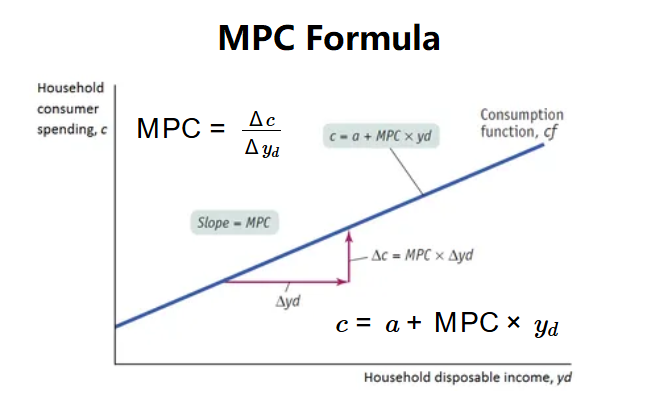 Home
Home
 Back
Back

Definition: The MPC Calculator determines the marginal propensity to consume (MPC), which measures the proportion of additional disposable income spent on consumption, and optionally calculates the consumption function.
Purpose: Helps economists and policymakers analyze consumer behavior and economic multiplier effects.
The calculator computes the MPC and consumption using the following formulas and steps:
Formulas:
Steps:
Calculating the MPC is crucial for:
Example: Increase in consumer spending = $200, Increase in disposable income = $500, Autonomous spending = $100, Disposable income = $1,000:
This indicates 40% of additional income is spent, with total consumption at $500.
Q: What is the marginal propensity to consume?
A: MPC is the fraction of additional disposable income that households spend on consumption.
Q: How does MPC affect the economy?
A: A higher MPC increases the multiplier effect, amplifying the impact of income changes.
Q: What is autonomous spending?
A: Autonomous spending is consumption that occurs regardless of income level, forming the base of the consumption function.